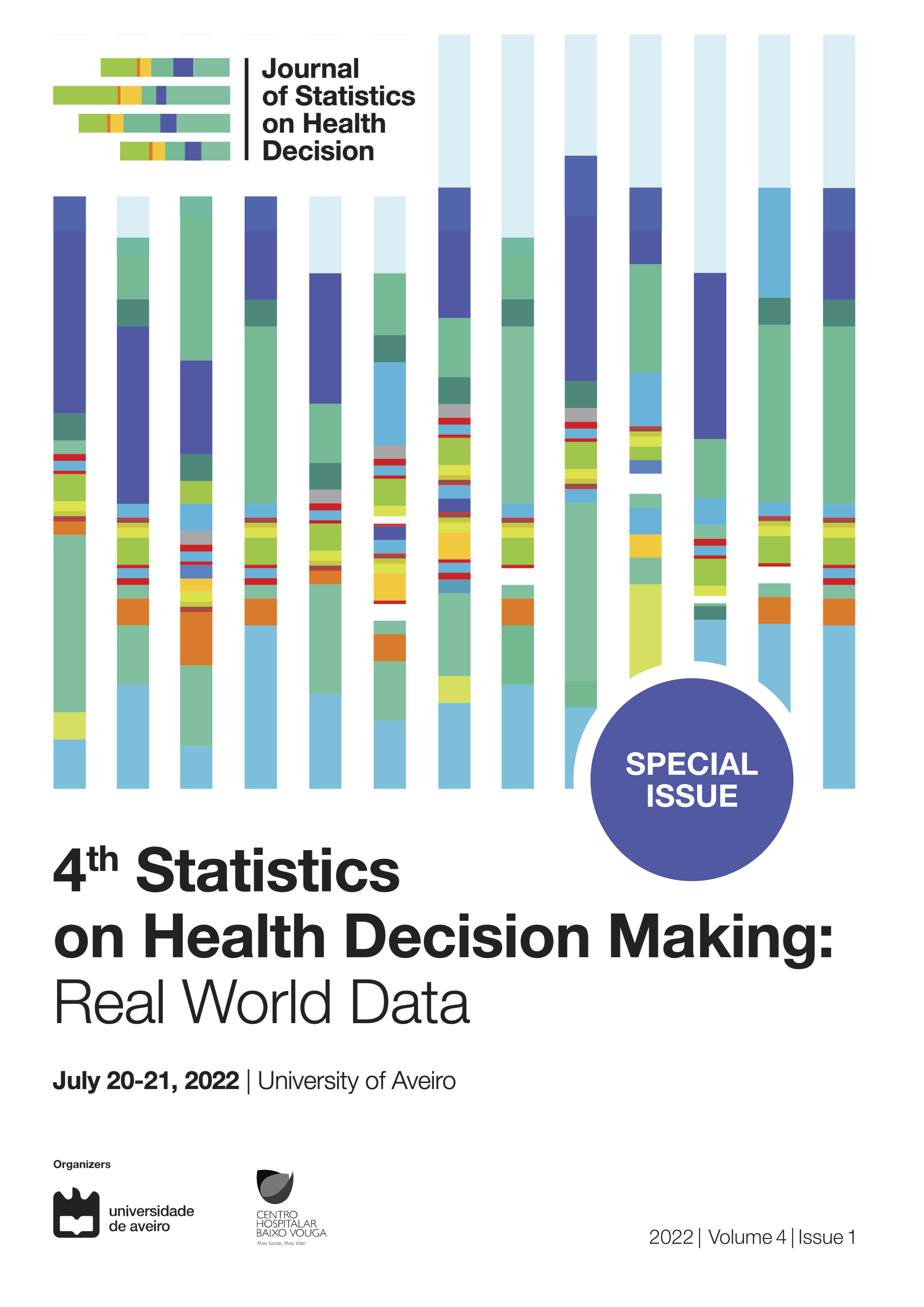Hydroxychloroquine reports to EudraVigilance database during COVID-19
Abstract
Introduction: Hydroxychloroquine is an antimalarial drug that belongs to the 4-aminoquinolone group. [1] Despite of this properties presents several immunomodulatory and anti-inflammatory characteristics. [1,2] In 2020, with the emergence of the COVID-19 pandemic, researchers used existing drugs with potential for the treatment of COVID-19, including hydroxychloroquine, which ended up being used off-label. [3,4] From the clinical trials hydroxychloroquine has many adverse effects that can increase risk for the SARS-COV-2 patients health. Common adverse effects are related to gastrointestinal and cardiovascular systems, neurotoxicity and retinopathy. [2,5]. The objective of this research was to describe the adverse effects profile of hydroxychloroquine in COVID-19 patients and to characterize the risks associated with off-label use of hydroxychloroquine.
Methods: An observational, retrospective and descriptive study was conducted. Information collected from the “Eudravigilance” database was analyzed using descriptive statistics with R Studio® software. Information about the source of reporting, patient sex, serious adverse reactions, deaths and off-label cases and their outcome, were evaluated and compared in the pre- and post-pandemic period.
Results: The number of reports of adverse reactions to hydroxychloroquine increased significantly during the pandemic period (increase of 310.3%), with health professionals reporting the most (92.0%). The potential for harm has increased as off-label administration of hydroxychloroquine is associated with an increased incidence and severity of adverse reactions. Serious outcomes, as deaths presented an increased number during pandemic. The total number of suspected adverse drug reactions reports increased from a mean of 7.7 reactions per month pre pandemic to 114.5 reactions after the pandemic. Serious outcomes also increased during pandemic: a total of 361 (6.8%) reactions were considered serious before pandemic, and 2740 (26.6%) after pandemic begins. Finally, deaths associated with the use of hydroxychloroquine were also evaluated, of which 67.0% are described in off-label use.
Discussion: The profile of safety of hydroxychloroquine appears to change during the pandemic with the off-label use. Hydroxychloroquine present different adverse reactions, which should be reported whenever possible. Its off-label use for COVID-19 has been shown to be a risk for patients, as it causes them more risks than usual use. In short, hydroxychloroquine appears to not bring benefits to COVID-19 and it ends up bringing several complications when it is administered.
Copyright (c) 2022 Cristiano Matos, Maria Inês Marmé

This work is licensed under a Creative Commons Attribution-NonCommercial-NoDerivatives 4.0 International License.
When submitting an article to the Journal of Statistics on Health Decision (JSHD), authors certify the following clauses:
- Originality and single submission – The contents presented in the article have not been published previously in whole or in part, and were not submitted or are not under active consideration elsewhere prior JSHD decision. The article is authentic and does not contain plagiarism.
- Authorship – All authors reviewed the article, agreed with its content, and agreed to its submission to the JSHD. All the authorship criteria stated by The International Committee of Medical Journal Editors Guidelines were met.
- Conflicts of interest – Any conflict of interests were declared. If authors have no declaration, it should be written (in the acknowledgements section): “The authors declare no conflict of interests”.
- Ethics committee and informed consent (if applicable) – The current research was approved by an independent ethics committee and subjects gave their informed consent before they were enrolled in the study.
- And authors agree to the Open Access license agreement of the Journal of Statistics on Health Decision, stated bellow.








